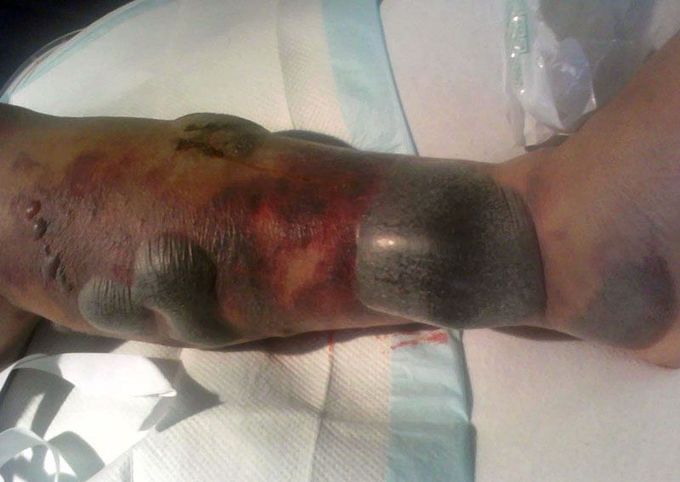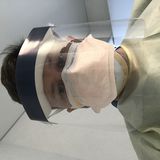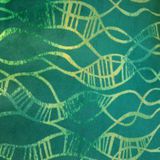


A Flesh-eating Disease: Necrotizing Fasciitis
Necrotizing fasciitis is an aggressive bacterial infection that results in decaying of the soft tissues. Though rare, it is associated with high morbidity and mortality. Individuals with compromised immune function such as those with AIDS, diabetes, cancer, and chronic alcoholics prone to develop necrotizing fasciitis. History of trauma, surgery, and burns is an additional risk factor. Necrotizing fasciitis can occur anywhere throughout the body; however, commonly involved sites are extremities, perineum, limbs, and genitals. Most common signs and symptoms of necrotizing fasciitis is red discoloration of affected part, necrosis, anesthesia, and subcutaneous emphysema; other local symptoms may include pain, swelling, and hemorrhagic bullae. These are typically accompanied by systemic symptoms like fever and vomiting. Necrotizing fasciitis is can broadly be divided into nonmicrobial and polymicrobial on the basis of number of organisms involved. Group A Strep is the most common causative agent of necrotizing fasciitis. Gold standard modality for diagnosis is CT scan. Necrotizing fasciitis is a serious condition and requires aggressive in-hospital management. IV fluids are started as soon as the patient is admitted. Empirical broad-spectrum antibiotics are administered without waiting for laboratory investigations. A surgical team is consulted for the removal of dead tissues. Differentials diagnosis of this condition can be cellulitis, abscess, deep vein thrombosis, and pyomyositis. Suspicion of index for necrotizing fasciitis should be high as ER physicians are usually reluctant to make such diagnosis without confirmatory investigations. Timely diagnosis and management are imperative for better prognosis. Source Necrotizing Fasciitis https://escholarship.org/uc/item/2fk1s1cm Image via https://www.dermatologyadvisor.com/home/decision-support-in-medicine/dermatology/necrotizing-fasciitis-synergistic-necrotizing-cellulitis-fourniers-gangrene-hemolytic-streptococcal-gangrene-meleneys-ulcer-suppurative-fasciitis-ludwigs-angina/
Really does look like gas gangrene or warfarin reaction. Just shows how a good, quick history is important.



